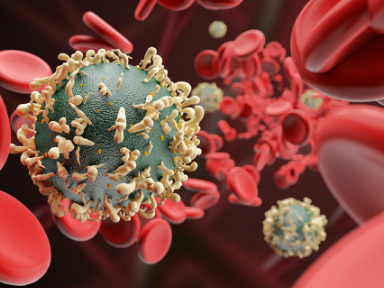drugsJune 02, 2021
Tag: Cervical Cancer , HPV , Rectal cancer
The incidence of cervical cancer has decreased, while the incidence of other human papillomavirus (HPV)-related cancers has increased in the United States, according to a study scheduled to be presented at the annual meeting of the American Society of Clinical Oncology, held virtually from June 4 to 8.

Cheng-I Liao, M.D., from Kaohsiung Veterans General Hospital in Taiwan, China, and colleagues obtained data from the U.S. Cancer Statistics program from 2001 to 2017 and examined incidence trends of HPV-associated cancers.
The researchers found that for women, the overall incidence of HPV-related cancers was 13.68/100,000, 52 percent of which were cervical cancer (7.12/100,000 in 2017). The incidence of cervical cancer decreased at an annual percent change (APC) of 1.03 percent, while the incidence rates of oropharyngeal cancer, anal and rectal cancer, and vulvar squamous cell carcinoma increased (APCs, 0.77, 2.75, and 1.27 percent, respectively). The incidence of anal and rectal cancer approached that of cervical cancer among older women. By 2025, the incidence of anal and rectal cancer is expected to surpass that of cervical cancer for every age group older than 55 years. The incidence of all HPV-related cancers in men was 11.0/100,000 in 2017; 81 percent were associated with oropharyngeal cancer. From 2001 to 2017, men had an overall annual increase in HPV-related cancers of 2.36 percent per year.
"Without standardized screening, HPV-related cancers, such as oropharyngeal cancers and anal rectal cancers, are increasing," Liao said in a statement. "In order to reduce these trends and achieve success comparable to what we're seeing with cervical cancer we must develop effective screening strategies and determine vaccine efficacy in these patient populations."
One author disclosed financial ties to the pharmaceutical industry.


Contact Us
Tel: (+86) 400 610 1188
WhatsApp/Telegram/Wechat: +86 13621645194
Follow Us:




 Pharma Sources Insight January 2025
Pharma Sources Insight January 2025


